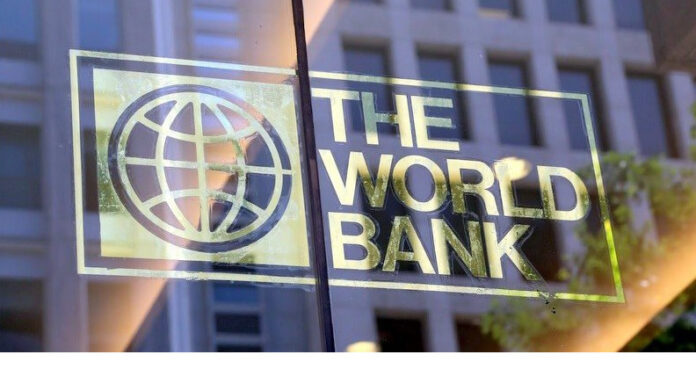The World Bank has predicted that this year will see more people drop into poverty as countries continue to witness depreciation of currencies, rising inflation and high food prices.
World Bank Group President, David Malpass disclosed this yesterday in a transcript titled: “Addressing Challenges to Growth, Security and Stability – Scene-Setter”.
He said that food price spikes hit everyone and are devastating for the poorest and most vulnerable.
“For every one percentage point increase in food prices, 10 million people are expected to fall into extreme poverty. The rich can afford suddenly expensive staples, but the poor cannot. Malnutrition is expected to grow, and its effects will be the hardest to reverse in children.
Trade disruptions have already sent grain and commodity prices soaring.”
According to Malpass, “Wheat exports from Black Sea ports have been sharply curtailed. And intense drought in South America is reducing global food production. Global food commodity markets are large and well-established, and – after a lag – they tend to self-adjust to disruptions in production. However, additional factors are making the current food supply problems more acute – namely the supply of fertilizers, energy prices, and self-imposed food export restrictions,” he said.
He said the number of people living in conflict areas nearly doubled between 2007 and 2020. Today, in the Middle East and North Africa, one in every five people lives in an area affected by conflict.
“This unraveling of security has brought a surge in the number of refugees, which more than doubled over the last decade to exceed 30 million refugees in 2020. The war in Ukraine has already displaced an additional 10 million people from their homes, pushing more than four million people – primarily women and children – into neighboring countries, most of them to Poland and Romania,”he said.
“We recognize that each of the ongoing crises hits the vulnerable the hardest, often women and girls. And all the while, we are still suffering the health, economic, and social setbacks of a global pandemic and economic shutdowns. Millions of lives have been lost and millions more are suffering amid the massive reversals in development that hit the poor particularly hard,” he added.
Malpass said that currency depreciations and inflation are hitting the poor hard, causing fast increases in 2022 poverty rates.
“Adding to the burden, developing country debt has risen sharply to a 50-year high—at roughly 250 percent of government revenues. Debt vulnerabilities are particularly acute in low-income countries, where 60 percent are already experiencing or at high risk of debt distress,” he stated.
According to Malpass, since the outbreak of COVID-19, violence against women and girls has intensified. He said global indicators on food, nutrition, and health have worsened. And children lost more than a year of education due to school closures, with 1.6 billion children out of school globally at the peak of lockdowns, reversing a full decade of gains in human capital.
He disclose that never have so many countries experienced a recession at once, suffering lost capital, jobs, and livelihoods. At the same time, inflation continues to accelerate, reducing the real incomes of households around the world, especially the poor.
Malpass said the extraordinary monetary and fiscal policies that advanced economies have been implementing to boost their demand, combined with supply constraints and disruptions, have fueled price increases and have worsened inequality around the globe.
“One measure that captures the growing concern of inflation and inequality is the stagnation in real median income across much of the world. Another measure is the likelihood that poverty increases will continue in 2022 as inflation, currency depreciation, and high food prices hit home,” he said.
He said the war in Ukraine and its consequences are also creating sudden shortages of energy, fertilizer, and food, pitting people against each other and their governments. Even people who are physically distant from this conflict are feeling its impacts.
On the economic front, he said that trends are not encouraging. Prior to the war in Ukraine, the recovery in 2022 was already losing momentum due to rising inflation and lingering supply bottlenecks.
Malpass said most emerging market and developing economies are ill-prepared to face the coming debt shock. Exposures to financial sector risk are opaque at this point, but one measure, the cost of insuring against default in emerging markets, has reached its highest point since the onset of the pandemic.



